constant- represents a quantity that does not change.
examples: 3, 4.8,π
variable- symbol representing a quantity that does
change examples: x, y, a
coefficient- a multiplier
examples:
4x, 4 multiplies x , so 4 is the coefficient of x
3xyz- the coefficient of z is 3xy
algebraic expressions - any combination of constants,
variables and operation symbols
examples: 2x + 45 and

algebraic terms parts of an algebraic expression
separated by + or −
examples:
 43x is a term, as is xy
43x is a term, as is xy
How many terms are in the expression ?
Equation- statement that two algebraic expressions
are equal
Example: 5x2 − 3x = xy
Simplifying Algebraic Expressions
Order of Operations :
Parenthesis
Exponents
Multiplication and Division
Addition and Subtraction
(Please Excuse My Dear Aunt Sally)
Example: Simplify

Multiplying Algebraic Expressions
For any real numbers a , b, c and d:
a(b + c) = ab + ac
(a + b)(c + d) = ac + ad + bc + bd
note: (a + b)2 = (a + b)(a + b) = a2 + 2ab + b2
“Expand” means “multiply out”
Expand the expression : (x + 4)(x − 2)
Independent Variable- the “input” variable, usually,
but not always, x
Dependent Variable- the “output” variable, depends
on the input, usually, but not always, y
Linear Function - a relation between the independent
and dependent variables characterized by a common
difference or slope
Two important parameters:
start value, or seed (often P0or b)
common difference , or slope (often d or m)
Slope- describes direction and steepness of a line
Positive slope - line increases from left to right
Negative slope- line decreases from left to right
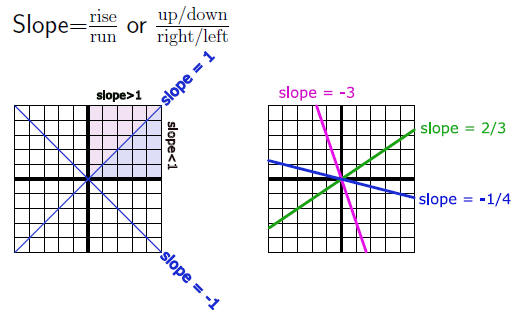
Estimate the slope:
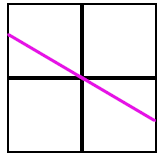
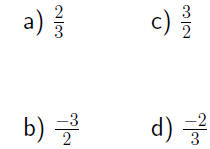
Graphing lines using intercepts
x-intercept- function value when y = 0
y-intercept- function value when x = 0
Name intercepts:
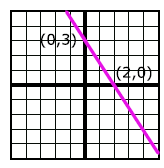
Graph:x-intercept: -3,
y-intercept: -1.

Graphing with slope and y -intercept
Plot the y-intercept.
Use slope
 to plot another point.
to plot another point.
Connect the points, extending the line both
directions.
Example:
Graph a line with y-intercept 1 and slope 3/2:
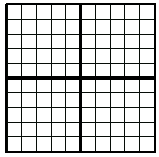
Direct and Indirect Variation
Direct Variation- two variables both increase
proportionally
Indirect Variation-one variable increases, the other
decreases
variation constant- usually k, also called constant of
proportionality
Direct variation is modeled by: y = kx
We say: “y varies directly with x” or “y is directly
proportional to x”
Examples:
• profit and cost of an item
• The distance a spring stretches varies directly as
the amount of weight that is handing on it.
Example: A weight of 50 pounds stretches the spring
10 inches. How much would the spring be stretched
with a weight of 60 pounds?
direct variation, so use y = kx
Let y by the distance, and x be the weight.
10 = k · 50 or k = 1/5
Model: y = (1/5)x
y = (1/5) · 60 = 12
A 60 pound weight will stretch the spring 12 inches.
Indirect variation modeled by: y = k/x
We say “y varies indirectly with x” or “y is indirectly
proportional to x”
Examples:
• time in dorms and appeal of dorm food
• wing beats and wing length
Example: Herring gull- 24 centimeter long wings
beat 3 times per second
assume variation constant remains the same
How fast will 12 centimeter wings beat?
Let y represent the wing beats and x represent the
length of the wing.
Indirect variation, so use y = k/x
3 = k/24 or 3(24) = k = 72
Model: y = 72/x
y = 72/12 = 6
A bird with wing length 12 centimeters will beat 6
times per second.
Solving Literal Equations
Consider

y is determined by the value assigned to x. Call x the
independent variable, and y the dependent variable.
Change the roles of dependent and independent by
solving for x:
(remember that the equation must balance, what
happens on one side must happen on the other also)




